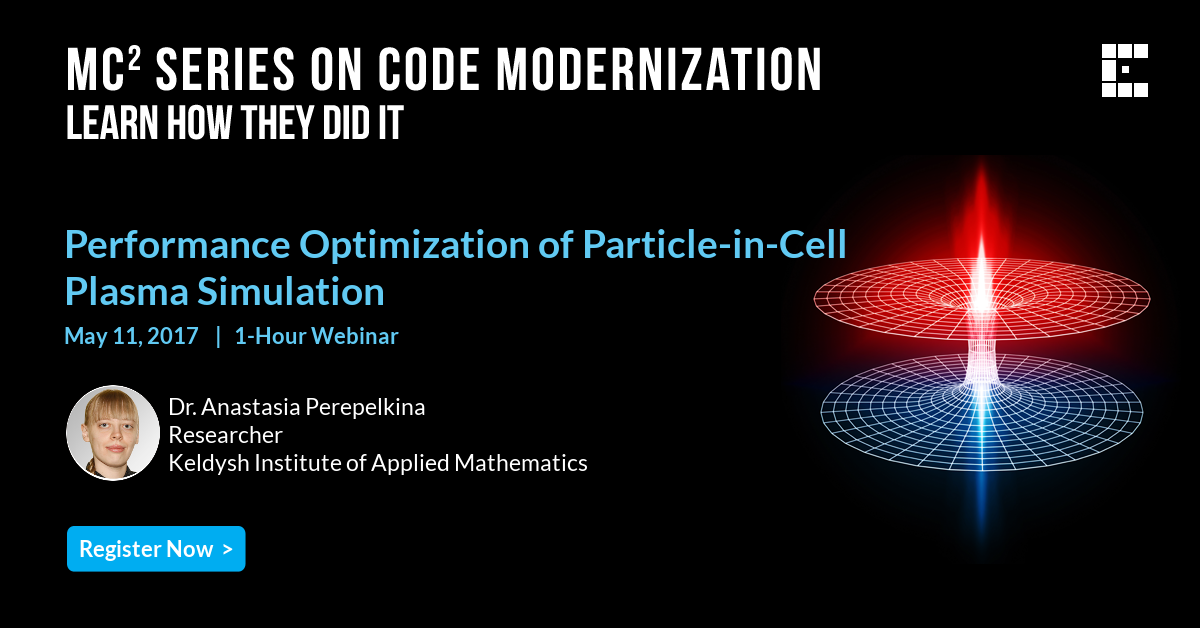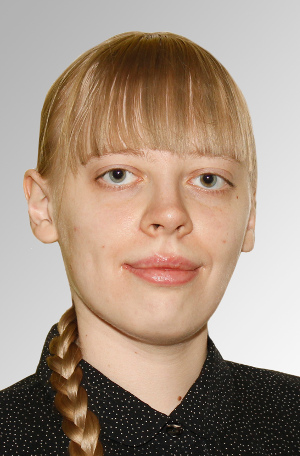MC² 003: Plasma Simulation with Particle-in-Cell Code
Interested in this webinar? See more webinars like this.

Speaker
 Dr. Anastasia Perepelkina, Researcher, Keldysh Institute of Applied Mathematics
Dr. Anastasia Perepelkina, Researcher, Keldysh Institute of Applied Mathematics
Dr. Anastasia Perepelkina is a researcher at the Keldysh Institute of Applied Mathematics in Moscow, Russia. Plasma particle-in-cell simulation has been her main scientific interest since the master’s program at the NRNU MEPhI and it is the topic of her PhD thesis. She is a member of the laboratory with a long history of the development of plasma simulation methods, efficient algorithms, and applications. Beyond that, she has worked on the implementation of high-order schemes in high-performance codes for stencil simulation in optics and seismology, and on the application of the resulting code.
Presentation
Particle-in-cell Code with LRnLA Algorithms, Performance Tests on KNL
CFHall is a plasma simulation code based on a particle-in-cell method. It uses the finite difference method on a rectangular mesh for Maxwell equations, and couples it to superparticle traversal the mesh in a self-consistent approach. The uniqueness of CFHall lies in the use of the Locally Recursive non-Locally Asynchronous (LRnLA) algorithms. Instead of the conventional decomposition is space (e.g., domain decomposition) we trace the dependencies of data in 4D space-time. This allows us to improve the locality of computations beyond the limits of the conventional approach. This high locality alleviates the memory bandwidth limit and minimizes data transfers for parallel execution. I present here the optimal LRnLA algorithm that we have obtained for the PIC scheme and many-core computer architecture with SIMD support. I will describe how this code was successfully ported to KNL and discuss its performance on the manycore platform.
Links: LRnLA, CFHall
Recording
Slides:
![]() Colfax-MC2Series-003-Anastasia-Perepelkina.pdf (4 MB)
Colfax-MC2Series-003-Anastasia-Perepelkina.pdf (4 MB)
Video: this webinar aired May 11, 2017
Interested in this webinar?